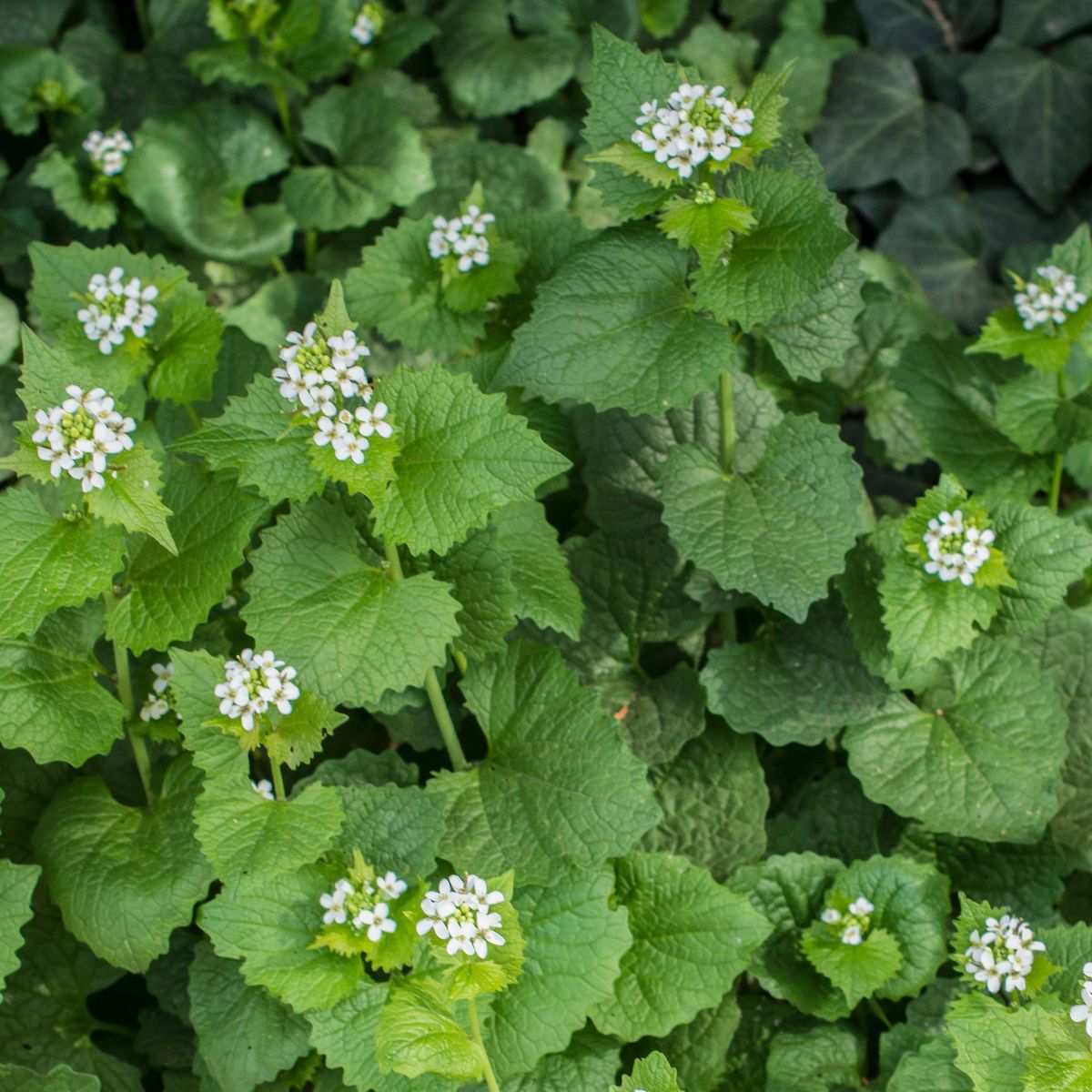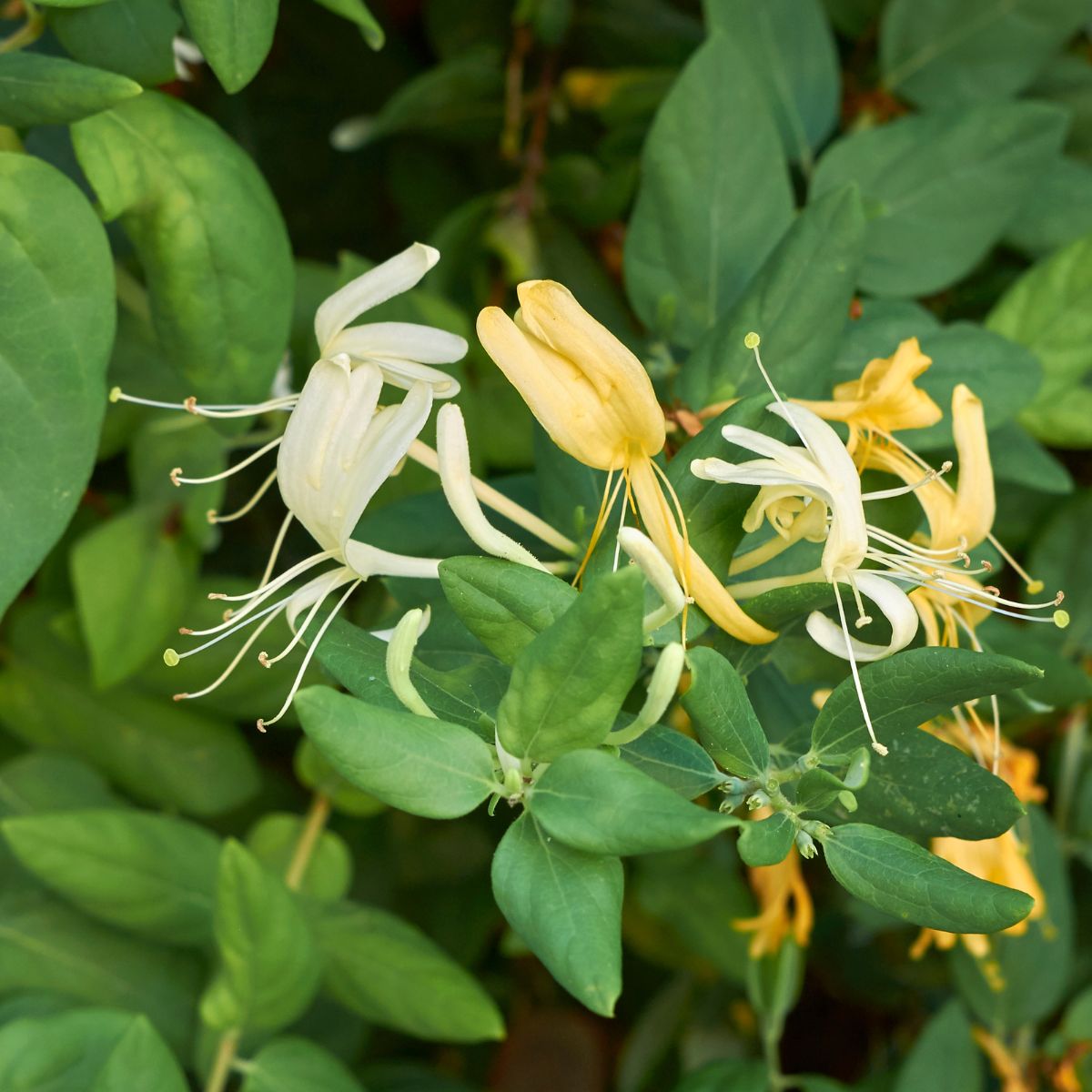Kansas is home to more than 2,200 native plant species. These plants have evolved in the Kansas prairie and adapted to the growing conditions and ecosystems there, creating a landscape unique to the region. Exotic plants, on the other hand, come from a completely different habitat and have no established relationship with the native flora and fauna. Some of them flourish in this new area, though, spreading rampantly without any of the natural checks that moderate them in their native region. Such species become known as invasive plants in Kansas, and they pose a significant threat to native biodiversity.
While the aggressive spread of invasive plants makes them difficult to eradicate, we can still take effective measures to control these noxious weeds. We can even take it one step further, planting and nurturing native plants in their place, restoring the natural, native ecosystem of the Kansas prairie one plant at a time.
Invasive Plants in Kansas
The following list includes some of the worst invasive plants in Kansas, as well as native alternatives for each. To get help controlling each invasive species, or to learn how to best manage them, contact your local Extension office.
1. Autumn olive (Elaeagnus umbellata)

Autumn olive is a deciduous shrub with distinctive silvery speckling on the undersides of its simple, gray-green leaves. It forms dense thickets in old fields and along the edges of woodlands. In spring, small, yellow, tubular flowers bloom in clusters. Red berries with silver speckles ripen in late summer into fall.
Red chokeberry (Aronia arbutifolia) produces similar red berries, and shining willow (Salix lasiandra) has silvery foliage much like autumn olive.
The equally invasive Russian olive (E. angustifolia) has a similar appearance to its cousin autumn olive.
2. Black locust (Robinia pseudoacacia)

While native to some regions of the US, black locust trees have spread beyond their natural borders and become invasive in other areas. These deciduous trees reach up to a hundred feet tall and have rough, light brown bark that becomes significantly furrowed as it ages.
The pinnately compound leaves have small, round leaflets and a pair of long spines at the base of most leaves. Fragrant, white, or yellow flowers bloom in showy clusters and are followed by long, thin seed pods.
Plant a native tree instead, like thornless honey locust (Gleditsia triacanthos var. inermis) or Kentucky coffeetree (Gymnocladus dioicus).
3. Callery pear (Pyrus calleryana)

Callery pear trees can be identified by their shiny, simple, dark green leaves with wavy, finely serrated margins. They grow up to about 60 feet tall. Small, white, showy flowers bloom in spring before the foliage emerges, and tiny, round fruits follow in shades of green to brown.
Native black gum trees (Nyssa sylvatica) also have a somewhat conical habit and glossy leaves, and green hawthorns (Crataegus viridis) have similarly dark green leaves as well as a profusion of white spring flowers.
4. Common buckthorn (Rhamnus cathartica)

A deciduous shrub or small tree, the common buckthorn grows to about 25 feet. Scraping or cutting the dark gray bark reveals the orange inner bark, and many of the twigs have a sharp spine on the end.
The dark green, oval leaves have slight serration, a somewhat folded tip, and curving veins in three to four pairs. They grow sub-opposite, opposite, and alternate. Small clusters of fragrant, yellow-green flowers appear in spring, and tiny, purple to black fruits follow in autumn.
Native blackhaw (Viburnum prunifolium) also has black berries and a shrubby or treelike habit, and American hazelnut (Corylus americana) makes a good shrub alternative.
5. Garlic mustard (Alliaria petiolata)

A biennial forb, garlic mustard appears as a rosette in its first year and produces a one- to four-foot flower stalk in its second year. The heart-shaped leaves become more triangular and strongly toothed with age, and they give off a garlic scent when crushed. Small clusters of tiny white flowers appear at the tops of the stalks in early spring, followed by erect, slender green seed pods.
Kansas has several lovely native woodland plants with white flowers, including Dutchman’s breeches (Dicentra cucullaria) and bloodroot (Sanguinaria canadensis).
6. Honeysuckle (Lonicera maackii, L. japonica, L. morrowii, L. tatarica)

Invasive honeysuckles in Kansas include Amur (L. maackii), Japanese (L. japonica), Morrow’s (L. morrowii), and Tartarian (L. tatarica). Japanese honeysuckle is an evergreen to semi-evergreen vine, while the other three are deciduous shrubs. All have opposite, ovate leaves and pale, tubular flowers with a strong, sweet fragrance.
Plant a native grape honeysuckle vine (L. reticulata) instead, or a similar shrub-like summersweet (Clethra alnifolia).
7. Japanese barberry (Berberis thunbergii)

A small deciduous shrub, Japanese barberry has thin, grooved branches with thin spines. It has small, paddle-shaped leaves and produces drooping clusters of pale yellow flowers. Tiny, bright red berries follow. Although just two to eight feet tall, these shrubs can form dense thickets in woods, fields, and wetlands.
Native shrubs with similar habits, foliage, flowers, and fruits include downy serviceberry (Amelanchier arborea) and southern black haw (Viburnum rufidulum).
8. Kudzu (Pueraria montana var. lobata)

Kudzu is an extremely aggressive deciduous vine that can climb or sprawl up to 100 feet. It has deep, fleshy tap roots that make it difficult to eradicate. The alternate, compound leaves each have three lobed leaflets with hairy undersides. In midsummer, fragrant, purple, half-inch flowers hang in spikes from the leaf axels. Flat, brown, hairy seed pods follow.
Plant native vines, like Virginia creeper (Parthenocissus quinquefolia) or American bittersweet (Celastrus scandens).
9. Multiflora rose (Rosa multiflora)

Multiflora rose has thorny, arching, green to red canes and grows up to 15 feet tall. The pinnately compound leaves each have seven to nine small, oblong leaflets with serrated margins. Look for fringed petioles to help tell them apart from most other roses.
The small, white to pink flowers have five petals and bloom in clusters. Small, red rose hips cling to the shrub through winter.
Prairie wild rose (R. arkansana) is a small, shrubby native rose, and prairie rose (R. setigera) offers a native climbing rose option.
10. Princess tree (Paulownia tomentosa)

A medium-sized tree, the princess tree has large, opposite, heart-shaped leaves with hair on both sides and on the petioles. The stout, brown twigs are speckled with white lenticels.
In early spring, before the leaves emerge, large, fragrant, violet-pink flowers bloom in upright clusters. The egg-shaped seed capsules mature from light green in summer to brown in winter, eventually splitting to release tiny winged seeds.
The native northern catalpa (Catalpa speciosa) can be easily mistaken for princess tree at first glance, and black locust also produces showy clusters of fragrant, pale flowers.
11. Saltcedar (Tamarix ramosissima)

Saltcedar is a large deciduous shrub with small, scale-like, overlapping leaves that make it look somewhat like a cedar. It also has smooth, reddish bark that turns brown and furrowed as it ages. Plumes of white to pale pink flowers bloom at the ends of branches throughout the growing season.
For spikes of pink flowers, plant a native gayfeather or blazing star (Liatris spp.). The native eastern red cedar (Juniperus virginiana) has similar foliage to saltcedar.
Now that you know what to look for, you might start seeing invasive plants in your area, and possibly even in your own backyard! If you do find an invasive species on your property, you can take steps to properly and safely remove it, and then the fun begins: choosing and planting native plants to take its place!













